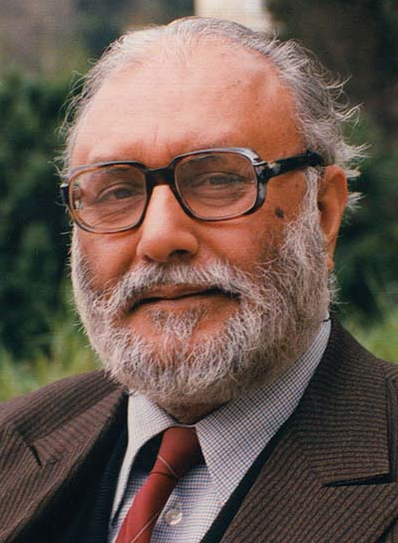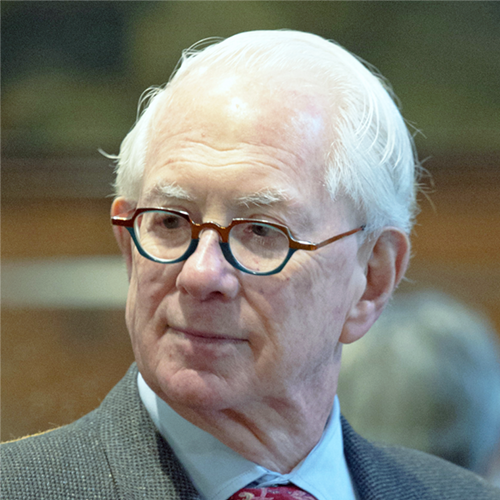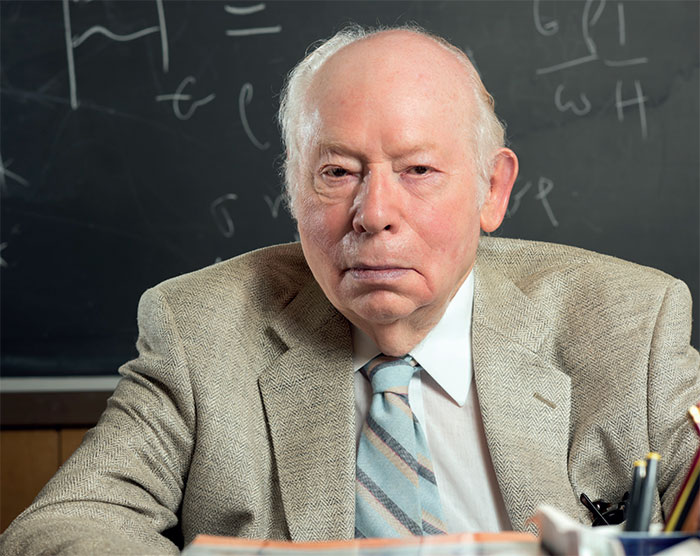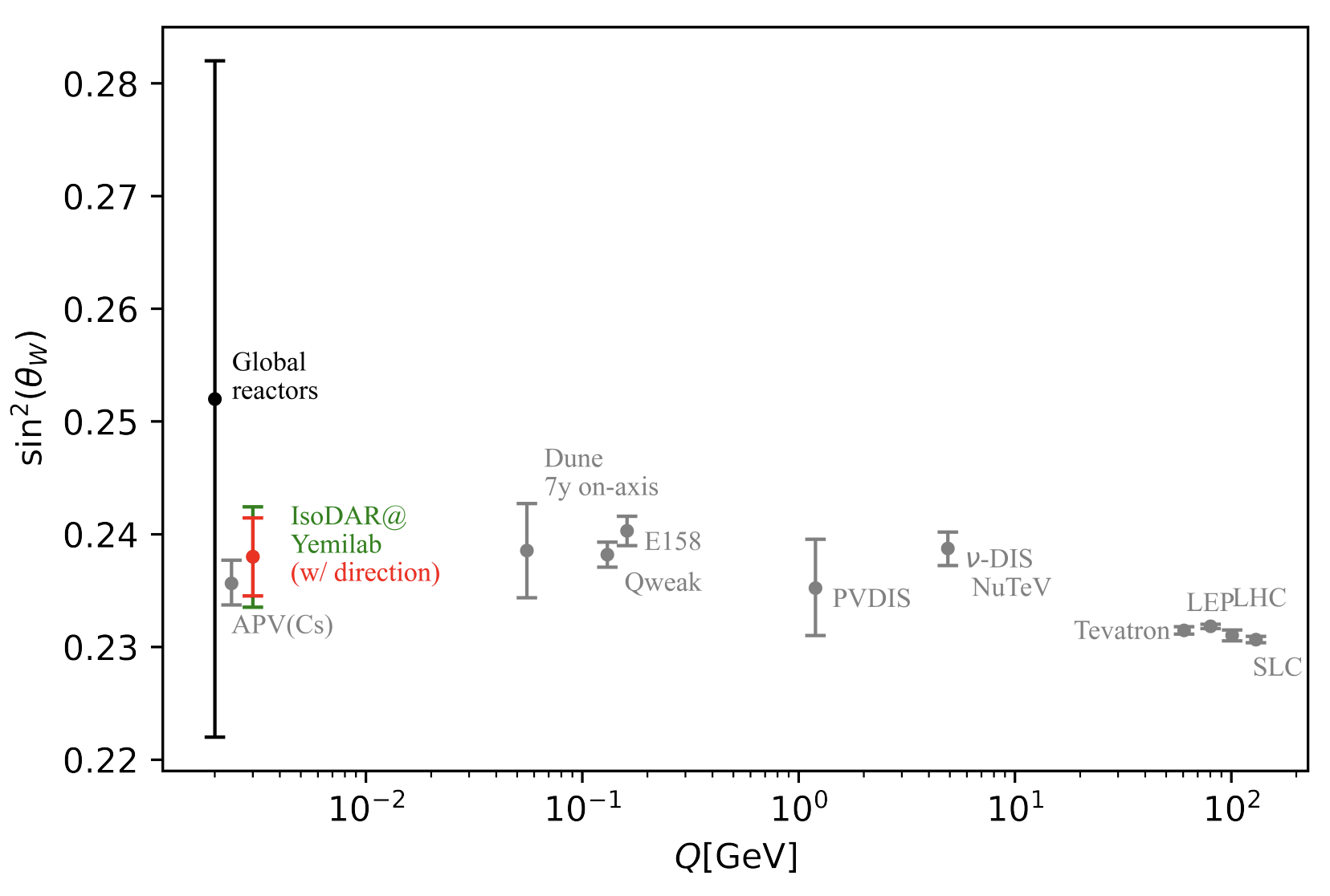Precision Electroweak Measurements
Electroweak Unification
Two of the four fundamental forces of nature are electromagnestism and the weak nuclear force. Electromagnetism (technically, quantum electrodynamics, or QED, when in the realm of fundamental particles) describes, unsurprisingly, the theory of electricity and magnetism. At the quantum level, however, QED is the theory of light itself. Meanwhile, the weak nuclear force, responsible for the beta decay of some radioactive isotopes, is how physicsists understand interactions of neutrinos (though other particles like quarks and leptons also participate).
Electroweak unification is a fundamental concept in particle physics that explains how two of the fundamental forces of nature, electromagnetism and the weak nuclear force, are actually different manifestations of a single underlying force at high energies. In the 1960s, physicists Abdus Salam, Sheldon Glashow, and Steven Weinberg proposed a theory that unified electromagnetism and the weak nuclear force into a single theory known as the electroweak theory. They showed that at extremely high energies, these two forces behave as different aspects of a single, unified force. Some key predictions of the electroweak theory are the existence of weak force-carrying particles called the W and Z bosons, and the Higgs boson which helps to explain how particles acquire their mass. The discovery of the Higgs boson at CERN in 2012 was important experimental confirmation of this mechanism.



Measuring the Weinberg Angle with IsoDAR
An artifact of electroweak unification is the Weinberg angle, θW, which is closely related to the masses of the weak bosons: cos θW = mW/mZ. In fact, the Weinberg angle is one of the eighteen free parameters of the Standard Model, meaning it is a quantity which cannot be predicted by theory and must be measured experimentally. Needless to say, knowing the value of the Weinberg angle at high precision is of direct importance to experimental particle physicists around the world. By knowing the value of this parameter, scientists can more accurately make measurements of other components of the standard model, and can also anticipate experimental outcomes to better identify any anomalies which may be seen in the collected data.
One way to probe the value of the Weinberg angle is to make measurements of recoil electron energies from antineutrino-electron scattering events, since the probability of a scattering event depends on this parameter. IsoDAR is well-posed to calculate the Weinberg angle in this way; owing to IsoDAR's large electron antineutrino flux, we can look for these scattering events in the scintillation detector to reconstruct the value of sin2 θW. We expect to observe nearly 7,000 antineutrino-electron scattering events in four years of running, and combined with the LSC's detection and background-rejection capabilities, we can improve the sensitivity of Weinberg angle measurements by existing reactor neutrino experiments by almost an order of magnitude.

compared to existing and planned experiments. Source: Phys. Rev. D 105, 052009 (2022).